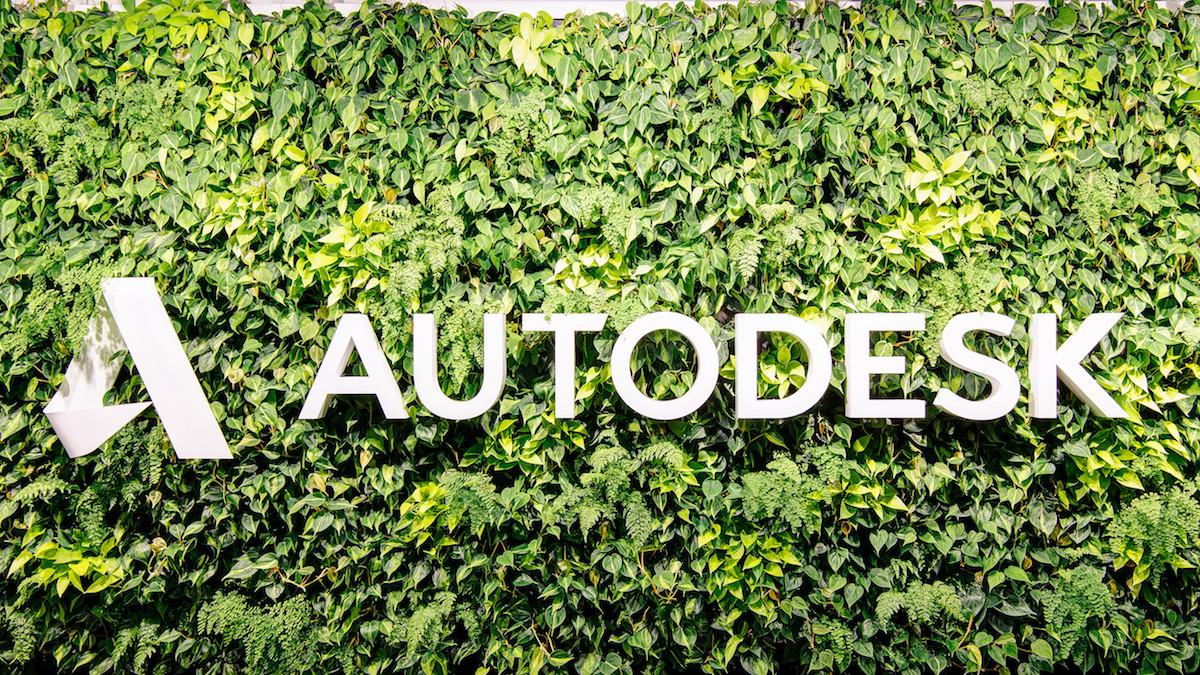
I'm Josh Cheney. My title is Industry Manager - Construction Technology at Autodesk Construction Solutions.
What does that entail?
I help build out an ecosystem of integration partnerships across our entire project lifecycle management portfolio.
 Autodesk is a huge player in the construction industry, but can you describe for the readers what the company does? I know that's a really loaded question because Autodesk does a lot.
Autodesk is a huge player in the construction industry, but can you describe for the readers what the company does? I know that's a really loaded question because Autodesk does a lot.
I look at Autodesk as really having multiple arms, but a focus on three of them. There is a Media & Entertainment arm. Think of that like the special effects for Avatar. Those were all designed and managed in Autodesk software. Then there's the Design & Manufacturing arm. Some of that could be designed and manufacturing for construction. But typically, it's more automotive related or a true manufacturing environment that you might think of. Then there's the AEC focus of Autodesk. That's really more where we hang our hat. A subset of that AEC arm is now called Autodesk Construction Solutions, and that is comprised of BIM 360. But then it's also made up of the three other acquisitions that we made last year: BuildingConnected, PlanGrid, and Assemble.
And those are all like three great solutions that do a lot. It seemed like it was a really interesting year for Autodesk, and you all acquired companies from across a wide range of verticals in the industry.
Yes! And, historically I'd say that the C in AEC hasn’t been our primary focus. That quickly changed in 2018. If you looked at the acquisition PlanGrid, it was the single highest dollar value of any acquisition ever made at Autodesk.
Moving away from all the M&A activity that you all saw, what are Autodesk's core values and how do you think that those core values affect your business?
Corporate responsibility and sustainability are huge drivers over here. On the sustainable side is a commitment to our business practices for customers, our business partners, and our suppliers. I think the customer is probably the greatest focus here. We continually provide them with great service around the tools they own today. But we also are looking out over the horizon, trying to understand what tools out there are going to be best suited for our customers and their future success.
Over the past few months, I've written a lot about construction tech solutions and what they are doing to help companies on the job site. How is Autodesk different from its major competitors?
That's a good question. We are focused on acquisitions to grow the functionality of the application, not simply as a revenue grab. We strategically look at the products that we purchase and figure out where they fit into the overall 360 strategy. If you look at BuildingConnected for instance, they are keyed in for construction. If you take that network effect BuildingConnected has created and apply it to every stakeholder that's on a job, bringing all those companies together is a ton of value. Part of why we acquired BuildingConnected was because it provides future value for everyone. It makes construction that much easier, and it connects everyone, whether they're on a job site, in the office, or part of the collaborative effort on a construction project.
That's a really nice lead into my next question. Historically the AEC industry has been slow to adopt technology on the job sites. Now, we're moving to a place where we're seeing a lot of these construction tech solutions being leveraged and utilize on job sites. But as we move forward, why do you think construction tech tools are going to be so vital?
I think that there are a lot of reasons, but it always comes back to the labor shortage the construction industry is facing, and how construction hasn't historically always been the most glamorous of roles. If we can't educate people and get them excited about beyond where we're at today, then we have to backfill all of those other roles that we're going to lose as people retire over time. It's going to be vital for construction to continue to grow to and enable the people that are fully vested in construction to get the most out of their own careers and for companies to really get the most out of their people.
What's Autodesk's stance on integrations with other competing pieces of software?
I think everyone's intent with ecosystems is to create a more simplistic path for getting data from one application to the next. There is definitely some uncomfortable-ness with competitive solutions. But the position that Autodesk has taken on that is we're willing to be flexible on the competitive front if it means that our customers are going to benefit that much more by having their applications integrated.
What part of working at Autodesk makes you the proudest?
It's funny that you say that. I was on a call earlier this morning, talking about that exact topic. I think it is Autodesk’s willingness to give their employees enough breathing room to really create things for themselves. They've given us all the tools, they've given us all the resources and now, it gets back to that mantra of surround yourself with great people and they'll do great things. I totally believe in that. It's been a marriage of people that are really excited about construction combined with a really great technology company. Autodesk's willingness to invest in its people and allow them to do great things makes me proud.
What is your favorite part of your job?
Damn, it's hard to decide! I think that every day I'm introduced to people that are creating software to make the industry better. Before I joined Autodesk, I couldn't have imagined that I'd be sitting down with companies creating mixed reality solutions and be able to help influence them in the direction that they're going to take their product.
As we've mentioned earlier, Autodesk is a big company that does a lot. At Autodesk University, I was blown away by some of the cool things you all are doing, particularly in the construction space and using technologies such as robotics and machine learning. But you personally, what is the coolest project that you worked on during your time at Autodesk and why is that?
I think really it has been understanding the blend of what our customers are asking for. And then going out and finding applications that meet those needs.
What do the next 3 to 5 years look like at in the industry?
I think what you're going to see is the traditional lines or partitions between architects, engineers, and contractors get completely blurred. Because there's going to be so many gains in productivity and access to information, even if architects and engineers don't want those lines to be blurred, they're going to be forced to adapt.


Discussion
Be the first to leave a comment.
You must be a member of the BuiltWorlds community to join the discussion.